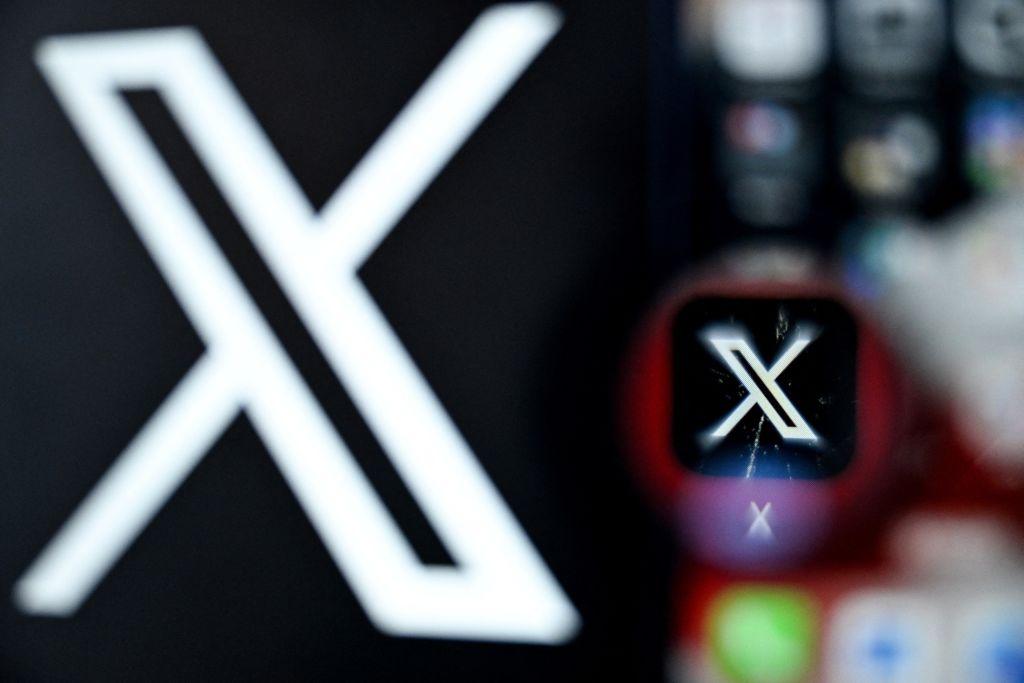Now that the Federal Reserve is on a path of monetary tightening—a blend of raising interest rates and reducing its $9 trillion balance sheet—the nation’s fiscal situation is coming under a microscope.
The U.S. government’s debt recently topped $30 trillion, increasing the country’s debt-to-GDP (gross domestic product) ratio to nearly 130 percent. U.S. government debt is now about one-third larger than its pre-pandemic level. Projections show that the national debt could exceed $41 trillion by 2030.





